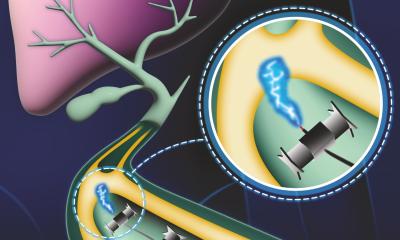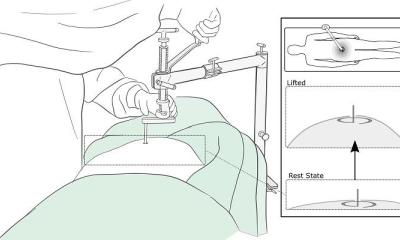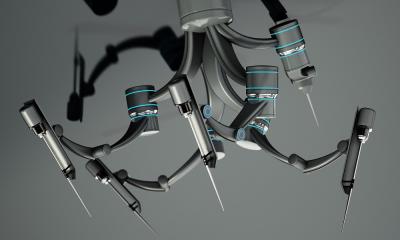Surgical lights gain LED technology
The popularity of LED lighting units is inevitably increasing because LED light is infrared-free and cool, creating good work conditions for surgeons, and minimising the danger of tissue dehydration. In addition, the nearly limitless service life of LEDs lowers maintenance costs and ensures safe, reliable work, the operating theatre equipment and surgical lighting specialist Berchtold explains.

This year, the firm introduced the E-Generation Chromophare surgical lights with gas discharge and halogen technology, and has added new LED models. Berchtold explains that the light ensures optimum differentiation of tissue types while minimizing colour shadows due to a selected mixture of specially arranged cold and warm white LEDs. ‘Each of the many light emitting diodes in our surgical lights is backed by a specially developed reflector system for the generation of an individual light field. This newly developed arrangement of light modules results in a homogeneously illuminated, shadow-free light field under all working conditions. And, our ‘Spectronixx’ colour optimization filter puts the finishing touches to a light that remains homogeneous at every type of colour temperature. Moreover, the infrared-free light ensures a cool light field even during surgical procedures that may last for several hours. Higher temperatures near the surgeon’s head and shoulders are reduced to a minimum – as with all E-Series lights from Berchtold.’
In addition, if needed, the colour temperature can be adjusted freely over a range of 3,600 to 5,000 Kelvin. ‘Berchtold’s special Colour Select feature brings optimum visibility to colour contrasts. The flat, self-contained design of the surgical light ensures easy, hygienic cleaning with a minimum of turbulence to laminar air flow.’
A specially developed sensor system in the handgrips allows repositioning of the lighting unit without changing the light field adjustment. ‘Adjustment of the light field is carried out purely electronically to eliminate mechanical aberrations,’ Berchtold points out. ‘Operating theatre personnel have a choice of ergonomic, intuitive adjustment directly on the lighting unit itself or via a wall-mounted control panel. Easy-to-understand symbols eliminate complications in turning the light on and off, or adjusting parameters such as the light field, lighting intensity, and colour temperatures. The accompanying, downward-pointing GuideLite for orientation can also be managed with either of the control panels. The GuideLite offers c. 10% residual light and serves to ensure visibility in the surroundings during endoscopic procedures.’
20.12.2008











